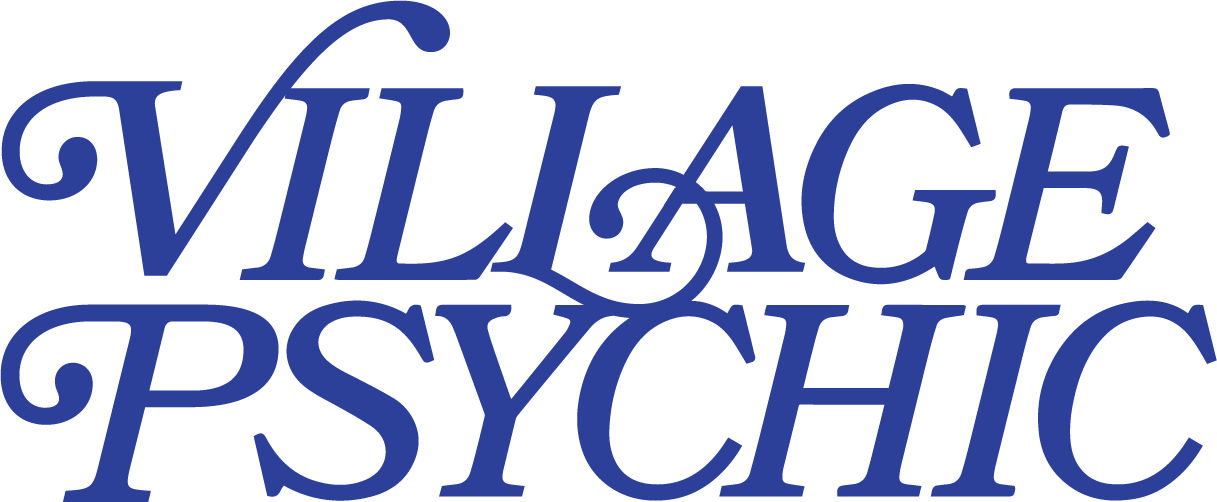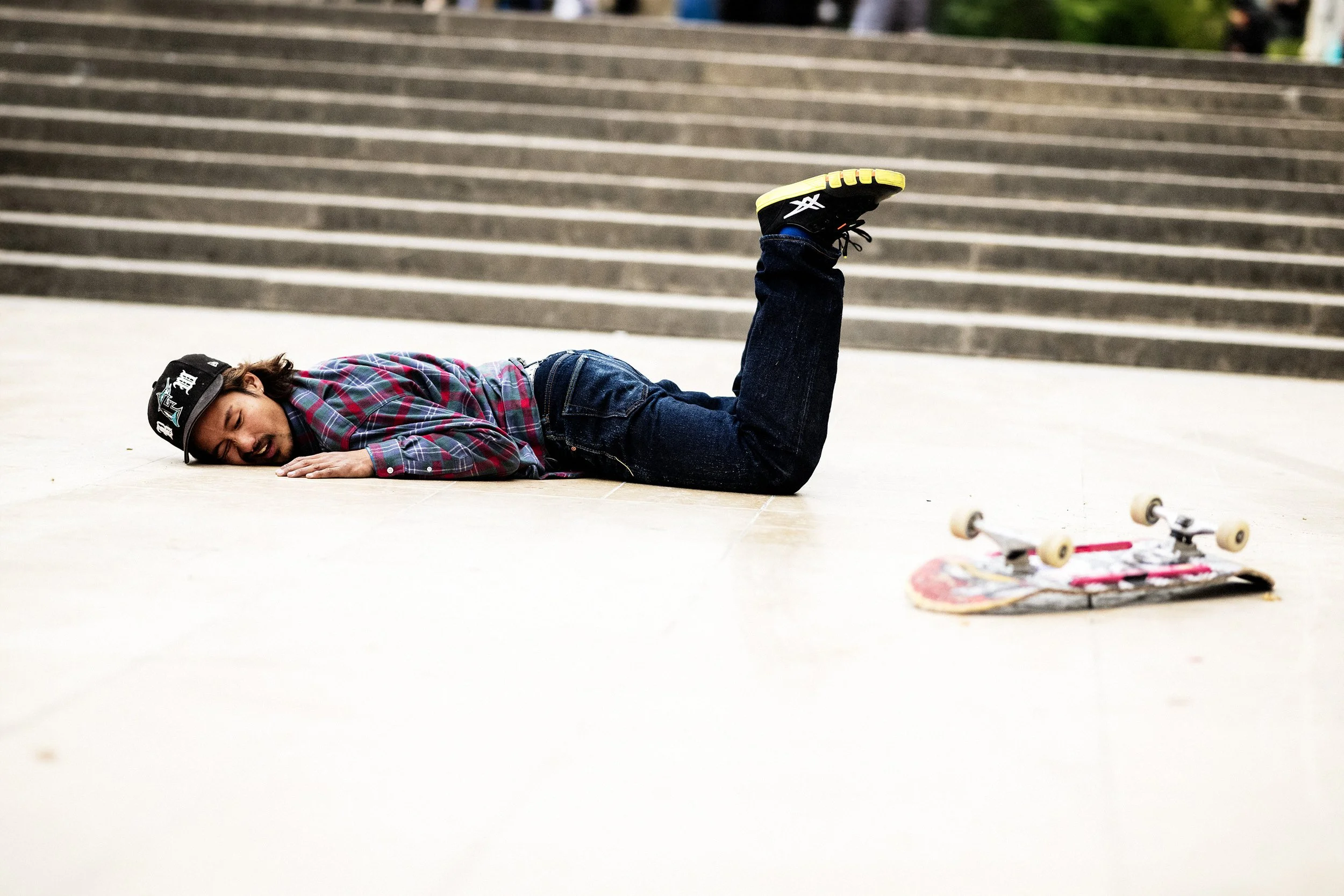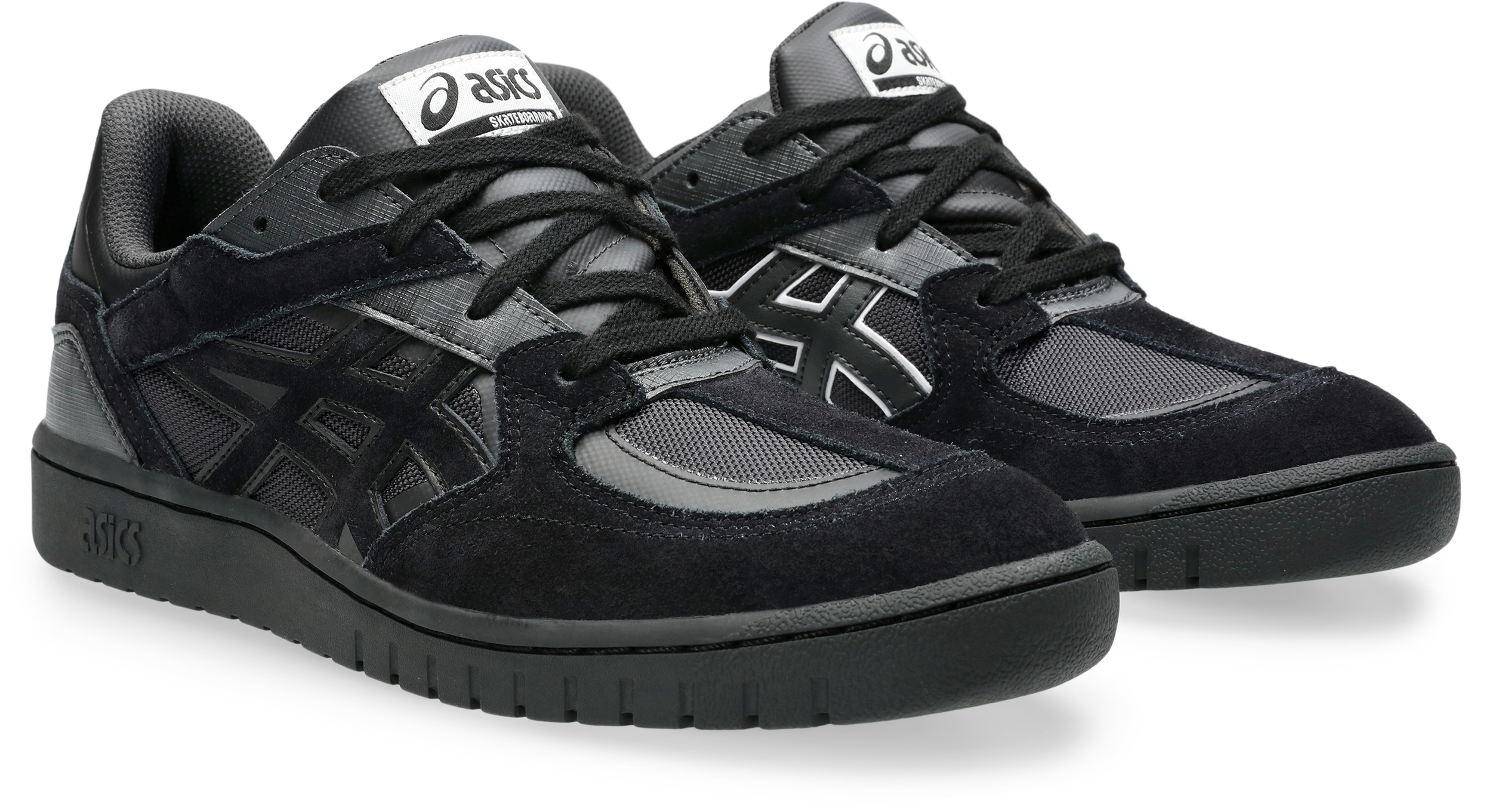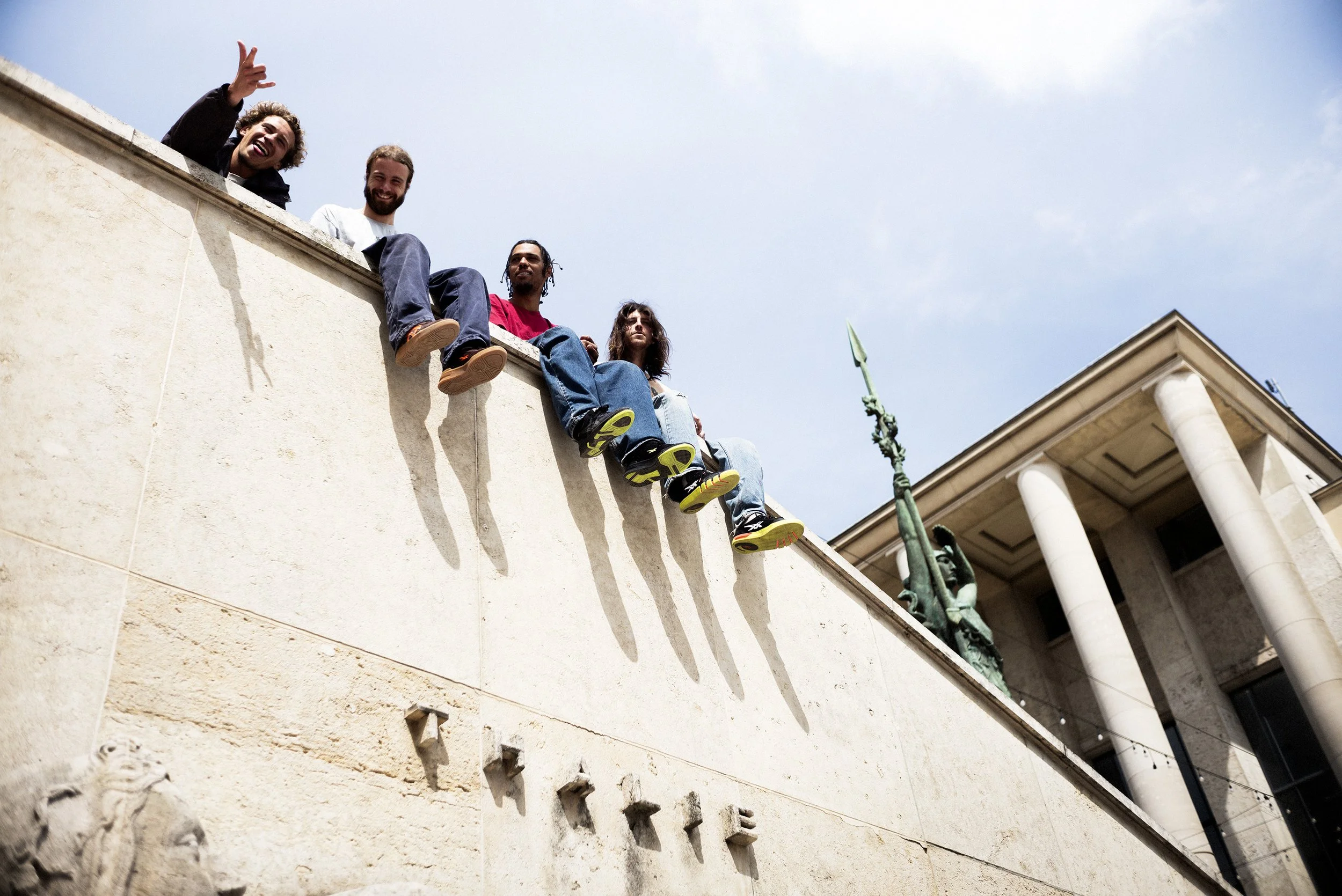ASICS Now Makes Shoes for Skateboarding. Why?
Trung Ngyuen sporting the ASICS Flexkee.
The Flexkee sole.
We wanted to dig into the recent history of the ASICS skate program. There were some shoes in the Olympics a few years back, and shortly after people were talking about a Japan-only skate shoe. How’d the whole program come to be?
Teruki Tatsuki, Project Leader, : ASICS wanted to do something with skateboard shoes in 2018. We had signed Kisa Nakamura, a skateboarder from Kobe, Japan. We talked with her about what she needs in skate shoes. She tried all different types of shoes, like tennis shoes and soccer shoes we already had, and by the time I joined ASICS’ skateboarding program there was already a Flexkee was a prototype in production.
Go Suzuki, Senior General Manager: The biggest trigger point was when skateboarding was selected as part of the Tokyo 2020 games, along with other new sports that were never part of the Olympics before — that was in 2018. We explored some possibilities, but we thought we could be most authentic to ourselves by pursuing a skate line rather than making shoes for one of the other new sports. There's also so much we knew we could contribute to the skate community.
Kisa Nakamura, selecting ASICS sport models.
Kaspar Van Lierop, Brand Manager: Teruki and the right people get on board, and then we got our first athlete on board. There's actually an image where you see an early photo of her being over at ASICS looking at models and giving feedback, like, “I like this in a skate shoe, and I don't like this.”
Is that where some of the initial feedback for the Flexkee came from?
Yasuyuki Takada, Senior Footwear Designer: In order to get insight from her ,we had her teste some shoes. She found some badminton shoes (② in the photo), which had a TPU (thermoplastic urethane) toe that feels more grippy and easier to control. That was an insight for the Flexkee construction.
According to her father, he’d recognized her that she could do higher airs wearing a shoe with a TPU toe than with a general skateboarding shoe. We decided to proceed with the construction of the sample as the next step with her feedback. I made some design approaches for her and made some prototypes to for a wear test at a park in Kyoto. When she first tried them on, she came back with a smile. She was really surprised at the flexibility and the grip of the shoes on ollies. With other shoes she’d sometimes microwave them to make them soft enough, whereas these she could skate right out of the box.
Kaspar Van Lierop: She skates a lot of parks and vert, so she specifically gave feedback on the toes blowing out while doing knee slides, which is why the rubber toe cap was put on – the shoe was initially designed with vert and park skating requirements in mind. However, whether it’s the riders we have or just current trends, the shoe has been picked up by street skaters, for example the Late Nite Stars crew. Monica Torres loves it too. Some skaters gravitate towards that shoe because it's just something very different and unique looking.
I have to admit, that shoe grew on me too. When I first saw that shoe, I was expecting it would have an inconsistent flick, that is would hit the groove on flip tricks. But everybody that I’ve heard from says that it’s amazing, and they’re not bothered by it at all. A lot of street skateboarders seem to pick it up and love it.
The Flexkee.
The side lacing on the Flexkee is quite unique. I
s there a story behind that design decision?
Teruki Tatsuki: With a Campus or Blazer kind of shoe, it’s easy to break shoe laces. If there’s an asymmetry or you kind of offset the shoelace, then it’s not as easy to break the shoelace.
Yasuyuki Takada: We had knowledge of other sports from our Institute of Sports Science lab. The asymmetrical shoe lacing, which was actually utilized in some 2000's running shoes by ASICS, provides a better fit overall.
Can you tell me about the selection process for the other models?
Teruki Tatsuki: At first, we just introduced the Flexkee pro – it’s kind of a weird, new-looking shoe. Some skater kids won't really like it or whatever, so we thought we should offer a kind of normal looking shoe. The Japan Pro is the next one we introduced, which we wanted to introduce a wider audience. We picked an archive model that could turn into something more skateable.
Monica Torres wearing the Flexkee.
Yasuyuki Takada: When we met riders, we could understood their love for authenticity – they really pay attention to and respect our brand history and original styling. The shoes from other categories in our archives really stoked their minds. The Japan Pro was from our basketball archives, and the Gel-Vikka Pro was from our training archives. We maintained that authentic style, and adjusted some parts for skateboarding.
Kaspar Van Lierop: It's probably like you've seen like other brands do — you go into the vault, you pick a staple that historically has worked well for skateboarding, and you just embrace that and make it a little bit better. In our case, it was the Japan S, and we made it the Japan Pro. That shoe, how it has been existing in the Sportsstyle line, is actually great for skateboarding, and people love it. It does blow out a little quick, so we added triple stitching, as well as padding the tongue a little bit more, and it’s got the elastic tongue strap. We made some smaller adjustments and reinforcements, and we’ve heard from the skaters that they like it.
I think if you only go that route, you do your company the disservice of not pushing innovation. If you only push innovation, you may push away kids that are just not too comfortable with that. So you have to do both.
We do a skate team call every so often where we get everybody on — Gino, Emile, everybody — everyone's giving their feedback, and we listen and try to cover where we can.
Was the US team involved yet when those were starting, or was that just feedback from Japanese riders?
Kaspar Van Lierop: Most of these designs were initiated before I got involved, and before I got any USA riders on board. However, I was saying the same thing. I was like, “The Japan S, that’s your guy.” But I think the Japanese riders had already said that, and they were already working on it.
Monica had been testing the Flexkee 2.0, she's 100% into it. She already loved the Flexkee, and the Flexkee Slip. Shay has been testing various stages of our new Splyte shoe and been great in providing feedback on that shoe.
Go Suzuki: The Japan Pro was definitely a result of feedback from our US riders, and our previous models were based mostly on feedback from our riders in Japan. Our products from this year onward will be based on feedback from riders in both places.
Did you say the new model is called the Splyte? Does that have anything to do with the Spotlyte basketball shoe?
Go Suzuki: No, that’s unrelated. One of our most well known products from the sportstyle range is the Gel-Lyte III. We wanted to bring an element of that into a skate shoe. So the name is a combination of skate, sports, and Gel-Lyte.
On to some technical details: The Gel-Vikka has an insole that’s pretty thin, but it has gel stitched into the sole. Where does that come from? Is that a hallmark of the brand?
Go Suzuki: Gel is a cushioning mechanism that we apply to many of our other shoes — running, tennis, basketball. We wanted to make sure that we provided direct cushioning for skateboarding. The shape and placement differ based on the sport or activity the shoe is used for, and that's where we really studied what was needed for skateboarding. We also had our Sports Institute team, our lab team, study where pressure is applied during skateboarding, and we made sure that the gel was placed in the right position so that it cushions for the benefit of the rider.
Yasuyuki Takada: When working with gel, the amount used and positioning depend on a lot of other product specifications. In the case of the Gel-Vikka, we provided minimal material for a lightweight shoe. On the other hand, in case of the Flexkee, we put plenty of gel on the medial side for shock absorbtion. We keep figuring out the suitable way to provide product benefits.
The Splyte.
Was there something the Sports Institute team found that led you to stitch the gel into the sole, rather than putting it in the insole?
Go Suzuki: It needs to be the right amount of cushioning. Sometimes too much cushioning adds more weight, plus also, if it cushions too much, the rider loses some control. So we needed to make sure it was just the right amount, and the best solution was to put it into the sockliner.
What about the tongue on the Flexkee? It folds over the laces, which is not often seen in skate shoes.
Will we see that on other models?
Teruki Tatsuki: The cover tongue? Kisa told us she broke her shoelaces many times, so we got a request to protect the laces. We got the hint from our archive model soccer shoes, which have that kind of protection.
Yasuyuki Takada: We tried some shapes of the tongue cover to figure out the size and the effective area. We determined that our larger options were not good for performance, and our smaller options didn’t protect the laces enough. From there we figured out the right size and positioning, as well as the optimal place for the cover to fold.
Go Suzuki: With the Flexkee, we wanted to make sure that we were building a shoe from scratch. We didn't want to just take an existing model and just go the easy way, we wanted to make sure that we had a unique first shoe. At the same time, we made sure that we applied all the knowledge that we have from other sports, like soccer or indoor sports where durability is needed for lateral and vertical movement, as well as making sure the fit was right. We were applying all our knowledge from other sports and making it suitable for skateboarding.
There are a lot of skate shoes companies — big picture, what is ASICS providing? Is it this translation from other sports? What are the main pillars you guys talk about?
Kaspar Van Lierop: I mean, there's the product side of it, there's the business side of it, and there's the marketing side of it. From a business perspective, skateboarding is big and it's a significant business opportunity. Beyond the business opportunity, as you know, skateboarding is super cool, and being authentically involved can have a halo effect on the bigger ASICS brand. That’s hopefully where I can contribute.
From a brand perspective, we want to bring some refreshment and be different. If you go through a Thrasher Magazine, a lot of the ads are very similar. And it's not that it's bad, it's not that it's wrong, it's not a knock on the other brands. It's usually a trick and a logo and a shoe. That's how traditionally skate marketing is being done. We just want to do something different. We want to be noticed, be remembered, and not be too serious. To be clever, authentic in skateboarding, and also celebrate the Japanese heritage of ASICS. It's still surprising to me how many people don't know that it’s a Japanese company.
Combining that with being a sports company. ASICS has a rich sports history, and we should embrace it, be proud of it and not hide it. We don't have to be jock-y, but we should tap into it. Not laugh at it, but have fun with it. I think the Gino image with the wrestling ear guards on is a perfect example. In the US some people might know us as a wrestling brand. So instead of saying, “Oh no, we're not”, it's like, “Yes, we are.” Here you have the most respected skateboarder, known for the best style ever, wearing those things in a beautiful side profile photograph by Matt Price. You embrace the sports history, and it's authentic to skateboarding. But also unexpected and therefore memorable at the same time.
Of course we’ll do amazing skate content and videos. Every so often we try to have our ads and our Instagram video vignettes, and the skits in the videos just be different.
Once or twice a year we’ll do a solid brand video. That really defines the brand's image and sets a vibe. And then we back that up with straight forward solid skateboarding. Shay Sandiford is working on a VX-only part, with everything filmed at night.
Last but not least, the brand is certainly inspired by ‘90s skateboard marketing, right? That’s what we grew up on. So when Emile was cruising in the woods on a moss path — that's, by the way, our most liked photo we ever posted, — it's a nod to heritage skateboarding. So I think from a brand perspective, just do fresh, interesting, clever things. From a product perspective, I'll leave it up to these guys, but I would celebrate some of the amazing heritage models that work for skateboarding, and at the same time push innovation.
What are the pillars for the product?
Trung Ngyuen, backside smith grind gap out.
Go Suzuki: It's similar to what Kaspar said — we're always trying to find the right balance of being authentic to ourselves, but also being authentic to the skateboard community. Of course, applying technologies and knowledge from the other sports is a means, not an objective — where it's necessary, we will definitely do it, but most important is making sure our skaters can skate as long as they can and protecting them from injury. That's something that we always pride ourselves on in any sport. But at the same time, we’re making sure that the aesthetics are applicable to each community and culture. Novak Djokovic, he's the number one tennis player in the world, and he switched to ASICS because he wanted to prolong his career. That's an example of our stance when it comes to making products.
Let’s talk about the program as a whole — in four or five years, where will it be? Are there any big goals to hit? A full-length team video, tours?
Teruki Tatsuki: We’re an athletic brand, so the Olympic Games are quite important for the ASICS company. At the same time, skaters don’t need to care about the Olympics or anything like that. We have to balance it: street skating, street culture, and the competition side as well.
We want to make skaters happy.
Kaspar Van Lierop: I think ASICS is in general much more about doing it the right way – making sure every step is thought through, not being in a rush, and make sure things work. Rather than setting out to be the biggest, having to be number one. There are long term profit goals for sure, but that's not what we're driven by on the daily. Opening 25 skateshop accounts and making sure stuff sells through, versus opening another 150 shops. So yes, there's a growth plan, we just have a little over 30 shops in USA now, which is not where we will stick. Obviously, there needs to be a return on investment, but there's no aggressive sales plan — we're slowly growing. We'd rather be in the right stores with the right amount of product, and ultimately making money but making sure they’re quality sales.
Rob Sissi, Sales & Merchandising: The goal is to remain authentic. They've put a lot of trust in myself and Kaspar in managing the marketplace here. It's not about numbers or how many doors are we’ll to be in — it's about being in the right shops that are connected to their skate communities and trying to collaborate with them to do meaningful things, and to create meaningful experiences.
Kaspar Van Lierop: We launched in France in June, we’ve got 4 riders in Europe now and we premiered a video June in Paris. We're talking to folks in Brazil, and we hired a skateboarder recently in Australia to help us with sales and marketing out there. We just opened up in Canada as well. In the next six months we’ll be operating in a lot more places across the world, but still in a relatively small amount of shops.
Zak Anders, frontside half cab 5--0 to fakie.
Who are some of the riders you’ve added recently?
Kaspar van Lierop: We’ve got Dougie George, he's from London. He's on Chocolate now. Then we have Marca Barbier from Paris. He reminds me a little bit of Kyota Umeki – he's just a cool cat and everybody knows him, everybody loves him, and he always has all kinds of other things going on. He's a guitarist in a band that tours across Europe. He's of course nice on the skateboard, too. And he's just a super rad dude — he’s like the skateboard mayor of Paris. And then we have Victor Campillo from the south of France, from Marseille, he's super sick. We also just added Jeanne Duval from France and Susie Heath from the USA as well.
For the shoes that are coming out soon, are there any design choices we haven’t seen before?
Teruki Tatsuki: We’ve already got tons in the archive to work with, and we’d like to involve the legendary product designer Mr. Kayano as well.












